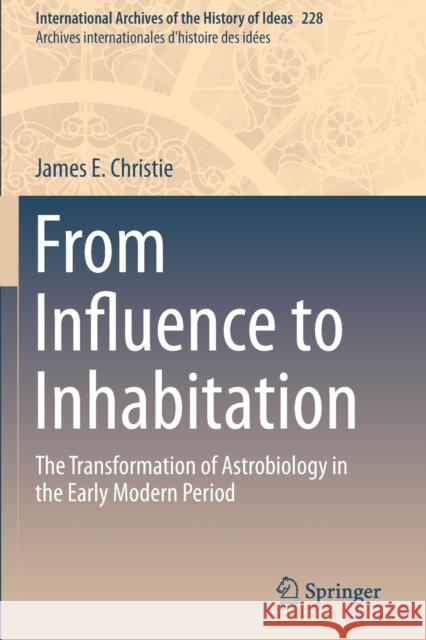From Influence to Inhabitation: The Transformation of Astrobiology in the Early Modern Period » książka
topmenu
From Influence to Inhabitation: The Transformation of Astrobiology in the Early Modern Period
ISBN-13: 9783030221713 / Angielski / Miękka / 2020 / 215 str.
From Influence to Inhabitation: The Transformation of Astrobiology in the Early Modern Period
ISBN-13: 9783030221713 / Angielski / Miękka / 2020 / 215 str.
cena 362,27
(netto: 345,02 VAT: 5%)
Najniższa cena z 30 dni: 346,96
(netto: 345,02 VAT: 5%)
Najniższa cena z 30 dni: 346,96
Termin realizacji zamówienia:
ok. 22 dni roboczych
Dostawa w 2026 r.
ok. 22 dni roboczych
Dostawa w 2026 r.
Darmowa dostawa!
Kategorie:
Kategorie BISAC:
Wydawca:
Springer
Seria wydawnicza:
Język:
Angielski
ISBN-13:
9783030221713
Rok wydania:
2020
Wydanie:
2019
Numer serii:
000402016
Ilość stron:
215
Waga:
0.32 kg
Wymiary:
23.39 x 15.6 x 1.22
Oprawa:
Miękka
Wolumenów:
01
Dodatkowe informacje:
Wydanie ilustrowane











